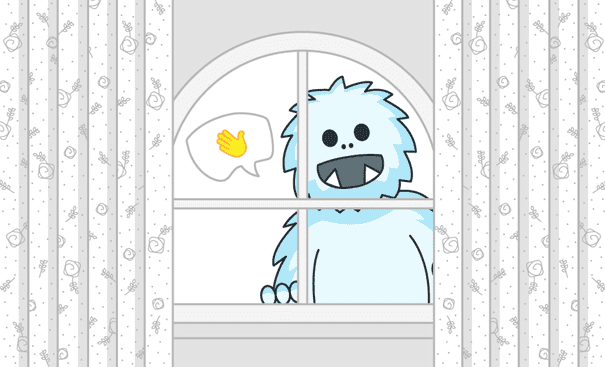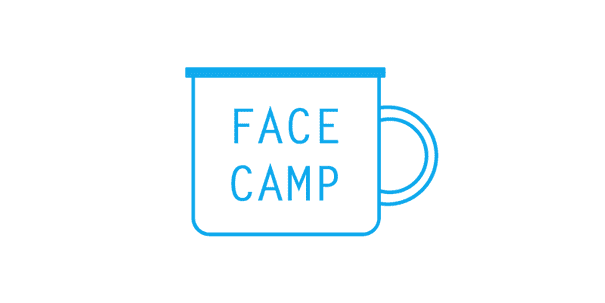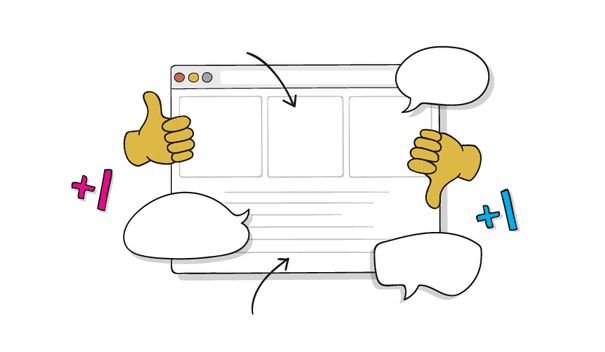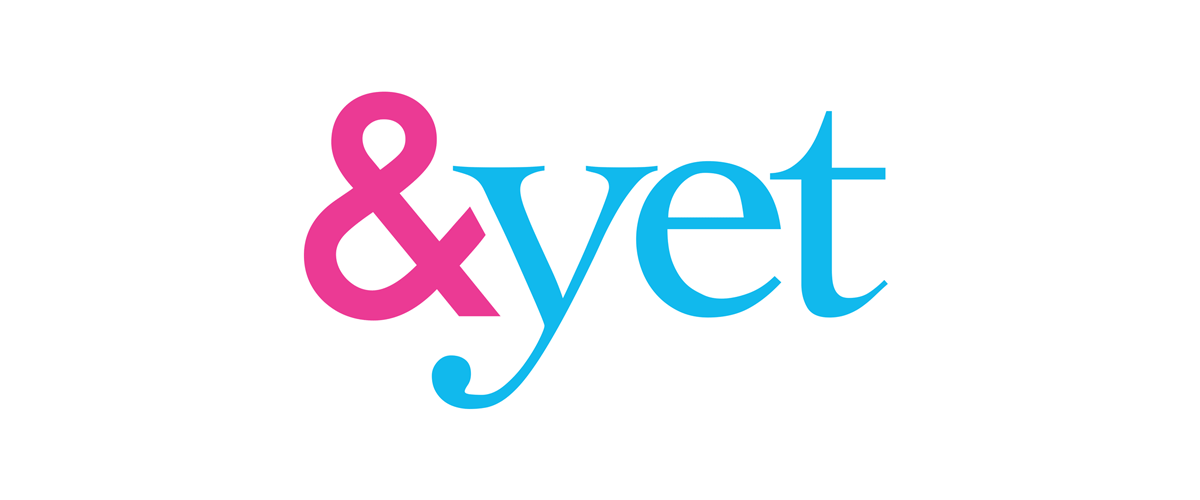The Last Bite
We think and talk a lot about building and strengthening relationships with customers. The conversations tend to focus on first impressions, on-boarding, maintenance, and growth. It’s less common to hear about the process of ending a relationship. It can be uncomfortable to think about.
What should you do when a client or customer is ready to say goodbye? Or maybe it’s you who is ready to move on. As hard as it can be to acknowledge this interaction as another part of the relationship, what happens here is so important.
How can you make this experience of saying farewell as special and generous as you try to make all your other customer experiences?








